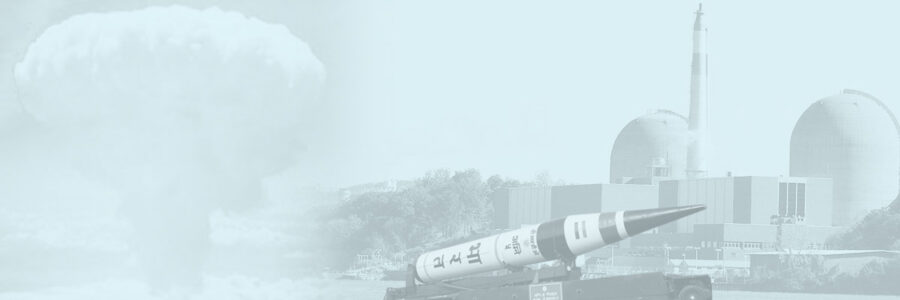India and the Nuclear High Road: Nuclear Cooperation Agreements with Japan and Australia
Apart from the United States, India's nuclear cooperation agreements with Japan and Australia have been the most contentious domestically within those countries. The 'slow embrace' of India's civil nuclear credentials by Japan — given the four years for negotiations to begin (after the December 2006 Joint Statement which talked about discussions regarding such an agreement with India) in addition to the six years it took for negotiations to bear fruit — took place despite the strategic context of increasingly closer economic, political, and security ties.
A Shield Against the Bomb : Ballistic Missile Defence in a Nuclear Environment
For every major military invention in human history, there has quite always been a countervailing technology. Nuclear weapons have, however, remained an exception. Ballistic missile defence (BMD) has, in recent years, emerged as a formidable means to defend against nuclear-armed delivery systems though yet to prove their total reliability. What does the advent of BMD mean for the nuclear revolution – will it make nuclear weapons obsolete or in turn lead to a new arms race among great powers?
Global Strategic Trade Management: How India Adjusts its Export Control System for Accommodation in the Global System
This book explores what military strategy is and how it is interconnected with policy on one hand and military operations on the other. In the process, it traces the transformation of the notion of strategy from its original military moorings to a more policy-oriented and-influenced conception and elaborates upon a tripartite framework of policy, strategy and doctrine to think about, understand, and analyse the use of force. The book explores the politics of India-Pakistan conflict in order to root the study of Indian military strategy in the political sphere. It discusses three main issues that have ensured the persistence of conflict: incompatible national identities, Pakistan's congenital quest for parity with and compulsion to challenge India, and irreconcilable positions on the Kashmir issue. The book argues that India has invariably pursued limited political aims that did not threaten Pakistan's survival or form of government or regime in power albeit containing a counter offensive elements. It states that India employed the strategy of exhaustion during the Indian Army's campaigns in the 1947-48 conflict and 1965 war, which made way to strategy of annihilation during the 1971 war (East Pakistan), but after Pakistan's acquisition of nuclear weapons capability the strategy is back to exhaustion. The book highlights the importance of designing an overall military strategy for waging limited war and pursuing carefully calibrated political and military objectives by creatively combining the individual doctrines of the three services by establishing a Chief of Defence Staff system.
- ISBN: 978-81-322-3924-6 ,
- Price: EUR 119.99/-
India and the Nuclear Non-proliferation Regime – The Perennial Outlier
Publisher: Cambridge University Press
ISBN 978-11-0705-662-6
Price: Rs.895/-
The book describes India as a unique case of an outlier surviving outside the regime’s overarching system, as a nuclear-capable state with prolonged record of resistance (and selective adherence), but ending up seeking opportunities to engage with its normative structures. The ideological and policy shifts that had shaped India’s transformative journey from a perennial outlier to one seeking greater integration with the regime, though, also exemplifies the underlying strategic paradoxes and dogmatic incongruities. The book assesses how these dynamics will determine India’s role in global anti-proliferation and its status in the emerging global nuclear order.
Nuclear Terrorism: The New Terror of the 21st Century
Nuclear terrorism is the most serious danger the world is facing today. Terrorist groups like Al Qaeda and Aum Shinrikyo have expressed their interest in acquiring a nuclear weapon. The only way to prevent this is to secure nuclear materials from falling into the wrong hands.
In Pursuit of a Shield: US, Missile Defence and the Iran Threat
The US pursuit of missile defence in order to counter and/or hedge against Iran's ballistic missile capabilities coupled with concerns generated by its nuclear programme has had significant strategic consequences. Iran on its part has pursued these capabilities as part of its asymmetric strategy to overcome its strategic vulnerabilities flowing from US encirclement, short-comings in force levels vis-a-vis neighbours and resource constraints in building effective conventional forces.
Nuclear India
Publisher: IDSA and Knowledge World
ISBN: 81-86019-11-1











